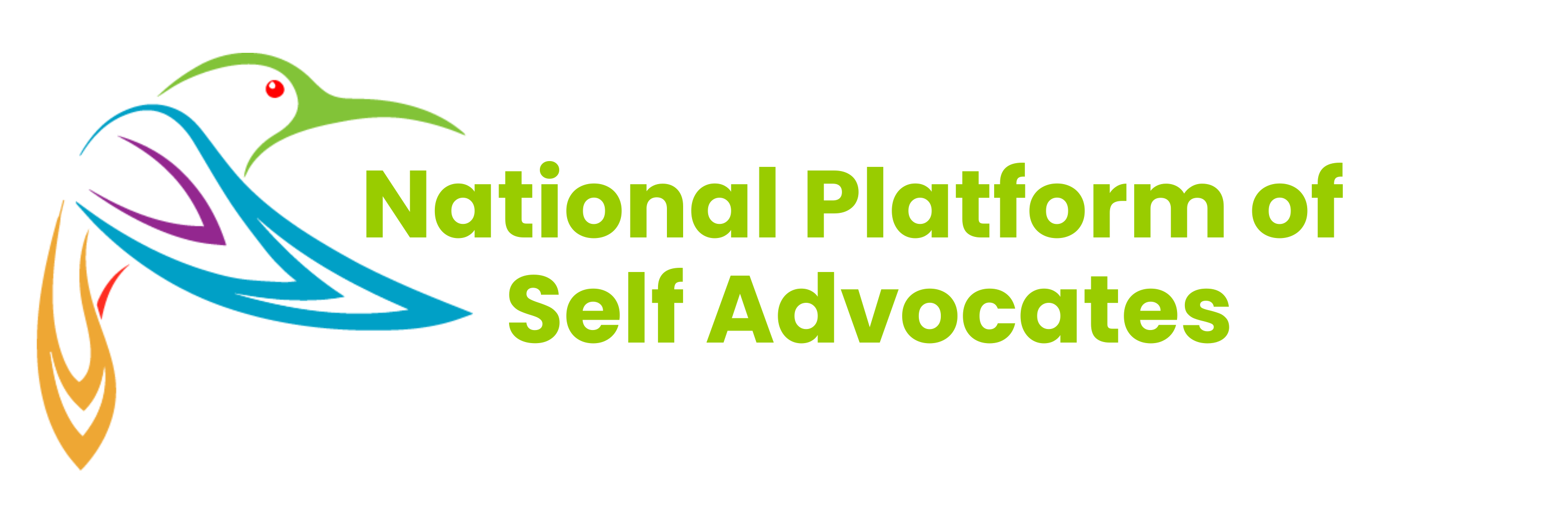Ensuring people with intellectual disabilities are included in meetings makes people feel valued, respected, and empowered to participate fully. Here are some best practices to help you make your meetings more inclusive:
- Provide meeting materials in advance:
Share meeting agendas, presentations, and any relevant documents beforehand. This allows individuals with intellectual disabilities to review the material at their own pace and familiarise themselves with the topics to be discussed. - Use plain language:
Avoid jargon, complicated words and long sentences. Use clear and concise language that is easy to understand. Present information in a logical way.
Offer multiple formats:
Present information in multiple formats to accommodate different learning styles. For example, provide written materials along with visual aids such as charts or diagrams. Consider offering audio recordings or alternative formats for individuals who may have difficulty with reading. - Encourage participation:
Create a supportive environment where individuals feel comfortable contributing to discussions. Encourage active participation by asking open-ended questions and allowing sufficient time for responses. Listen to what people have to say and ask for clarification to fully understand any questions or contribution to discussions. - Provide visual cues:
Use visual cues to help individuals follow along during meetings. This can include highlighting key points, using bullet points or numbered lists. Visual cues can enhance understanding and help people remember information. - Allow for breaks:
Some people with intellectual disabilities may need breaks to process information or refocus their attention. Schedule regular breaks during longer meetings to allow participants to recharge and stay engaged. - Offer support: Be prepared to offer additional support or accommodations as needed. This could include providing one-on-one assistance, offering written summaries of discussions, or allowing individuals to use assistive technologies such as screen readers or speech-to-text software.
- Be flexible: Recognize that individuals with intellectual disabilities may have different needs and preferences. Be flexible and open to accommodating individual requests or adaptations to ensure full participation and inclusion.
